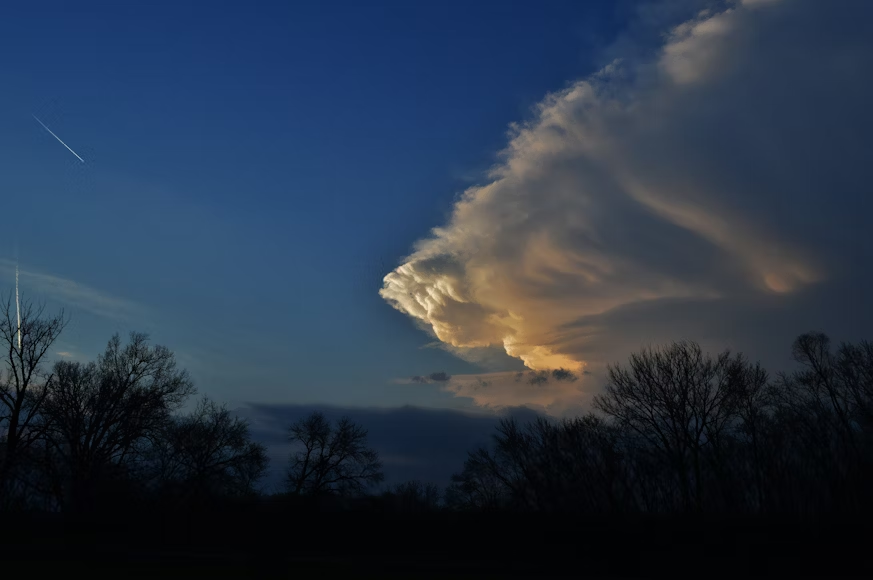Introduction
Nestled along Queensland’s Coral Sea coast beside the Pioneer River, Mackay experiences a unique weather rhythm that shapes daily life, business, and travel plans. Understanding Mackay weather is more than data—it’s knowing when to expect sunshine, when storms might roll in, and how seasons shift in subtle yet impactful ways.
Climate Overview
Mackay sits around 21°S latitude, bordering both North and Central Queensland. Its climate blends humid subtropical traits with tropical savanna tendencies—hot, humid summers full of rain, and mild, dry winters that attract visitors seeking clear skies.
Annual Temperatures & Rainfall
The area’s average annual temperature hovers at about 23 °C, with mean maxima around 30.2 °C and highs peaking near 37.6 °C in extreme events. Mackay receives roughly 1,585 mm of rain annually, most of it falling between December and March.
Sunshine & Cloud Cover
Dry months offer up to 110 clear days, especially from June through October. In contrast, February sees overcast conditions nearly 57% of the time. Sunshine peaks in September—about 86% clear skies on average.
Seasonal Weather Patterns
Summer (Dec–Mar)
This is Mackay’s wettest, most humid season. Daily highs hover around 29 °C, lows around 24 °C in January and February. Rainfall peaks in early months—March typically delivers over 360 mm. Thunderstorms and monsoonal systems frequently deliver intense downpours. Cyclones are also possible, bringing heavy rain and strong winds.
Autumn (Apr–May)
Rainfall lessens, humidity eases, and temperatures gradually decline. Daytime highs fall into the mid‑20s, and this transitional period offers more comfortable, settled conditions.
Winter (Jun–Aug)
Considered Mackay’s most pleasant time—dry, sunny, and mild. Highs average around 21–23 °C, with lows near 14–15 °C. Rainfall drops to barely 40–50 mm monthly. These months see a surge in outdoor events, tourism, and local activity thanks to consistent fine weather.
Spring (Sep–Nov)
Temperatures climb steadily, humidity builds, and conditions shift toward wet season readiness. By November, average highs reach into the high 20s, clouds form more regularly, and prepping for summer storms becomes relevant.
Rainy Season & Tropical Shifts
Mackay’s wet season lasts roughly from December through March, driven by monsoonal troughs and tropical lows. Rainfall is often heavy and sudden—February averages upwards of 11 rainy days per month.
Extreme weather events—including record rainfall—have shaped local memory. A devastating cyclone in January 1918 brought a 3.6 m storm surge, destroyed over 1,000 buildings, and caused 30 fatalities. More recently, Cyclone Debbie made landfall as a Category 4 near the Whitsunday coast on 28 March 2017 and delivered record rainfall—up to 986 mm over 48 hours in the Clarke Range. In Mackay itself, winds reached around 95 km/h and flooding forced rescue operations for nearly 100 people. Debbie caused billions in damages and disrupted sugarcane and tourism sectors significantly.
Other notable storms include Cyclone Joy in December 1990, which caused localized tornado activity and torrential rainfall exceeding 2 meters in parts of the Pioneer Valley. Cyclone Hamish also prompted warnings for Mackay in 2009 due to flooding risks from offshore rain bands.
Dry Season & Sunshine Advantage
From June through October, Mackay revels in dry, sunny days. With minimal rainfall and frequent clear skies, this period is ideal for beach trips, reef tours, hiking, and exploring inland landscapes. Humidity remains low and evenings are crisp and pleasant—perfect for alfresco dining or wandering the waterfront.
Heat & Climate Change Trends
Recent years have brought clear signs of warming. Australia’s 2024 was among the hottest on record, with night-time temperatures in Queensland and Mackay rising sharply. March 2025 saw record heat, pushing minimum temperatures up by around 2°C compared to the early 1970s—delaying autumn cooling and stretching the heat season into April. Meteorological forecasts suggest hotter summers ahead with more intense rainfall and frequent cyclones.
Weather Impact on Daily Life
Weather shapes nearly everything in Mackay. Sugarcane farms depend on seasonal crests of rainfall for irrigation yet struggle during flood spates. Tourism thrives in winter months when weather is sunny and outdoor conditions are ideal. Fishermen and reef operators adjust schedules based on swell, wind, and cyclone risk. Locals dress in breathable cotton in summer and layer up on cool winter evenings. Heatwaves prompt hydration-awareness and caution, while early preparedness around cyclone threats includes securing property, monitoring forecasts, and planning evacuations as needed.
Safety & Forecasting Tools
Queensland authorities and the Bureau of Meteorology maintain robust warning systems. During Cyclone Debbie, alerts and emergency planning saved lives, with clear communication from state leaders and coordinated response from rescue services. Today, locals rely on official alerts, community services, and smartphone apps to track changing conditions—especially during wet months.
Monthly Averages Snapshot
You may include the following as a table on your blog:
-
January–March: Avg highs ~29–30 °C, lows ~24 °C, rainfall 200–360 mm/month
-
April–May: High ~24–27 °C, rain tapering off
-
June–August: High ~21–23 °C, low ~14–15 °C, minimal rain (~40–50 mm total)
-
September–November: Temperatures climb (23–28 °C), humidity rising slowly
Tips for Visitors and Newcomers
-
Plan trips in June to August for mild weather, low rainfall, and pleasant days.
-
Visit in September–October for sunny pre-summer warmth and fewer crowds.
-
Avoid December–March if you dislike humidity or risk of storms—unless you’re used to tropical climates.
-
Pack light clothing, sun protection, swimwear—and a waterproof layer in summer.
-
During cyclone threats, follow local news, keep supplies ready, and heed official evacuation guidance.
Conclusion
Mackay’s weather is a story of contrast—sun-drenched dry seasons and powerful tropical wet spells that test local resilience. From the blissful winter sunshine to the dramatic surge of storms in summer, Mackay weather is a living force that guides life, work, and leisure. By understanding seasonal shifts and respecting nature’s rhythm, residents and visitors alike can embrace everything Mackay’s climate brings—sunshine, storms, and the vibrant pulse of tropical Queensland.
